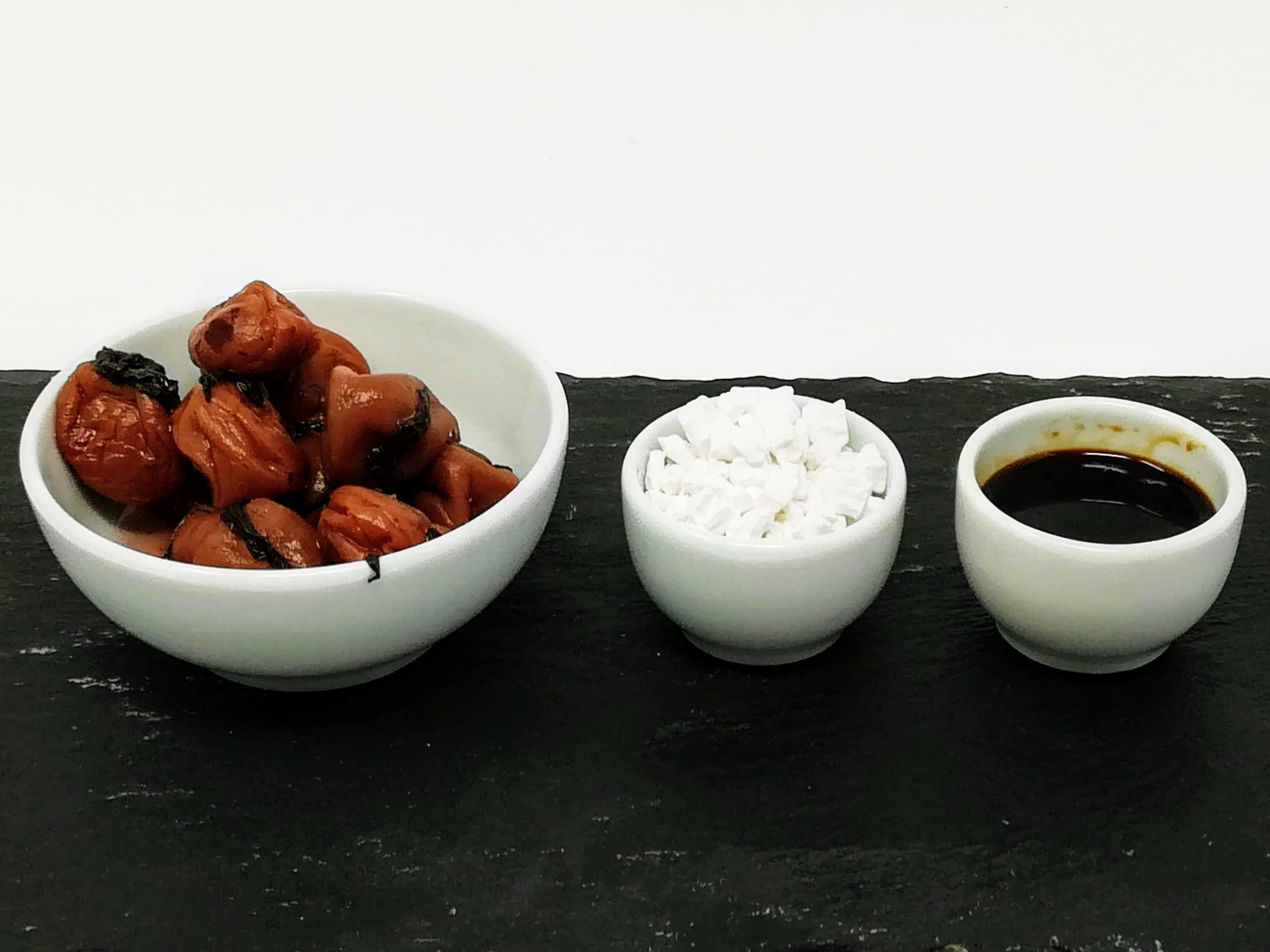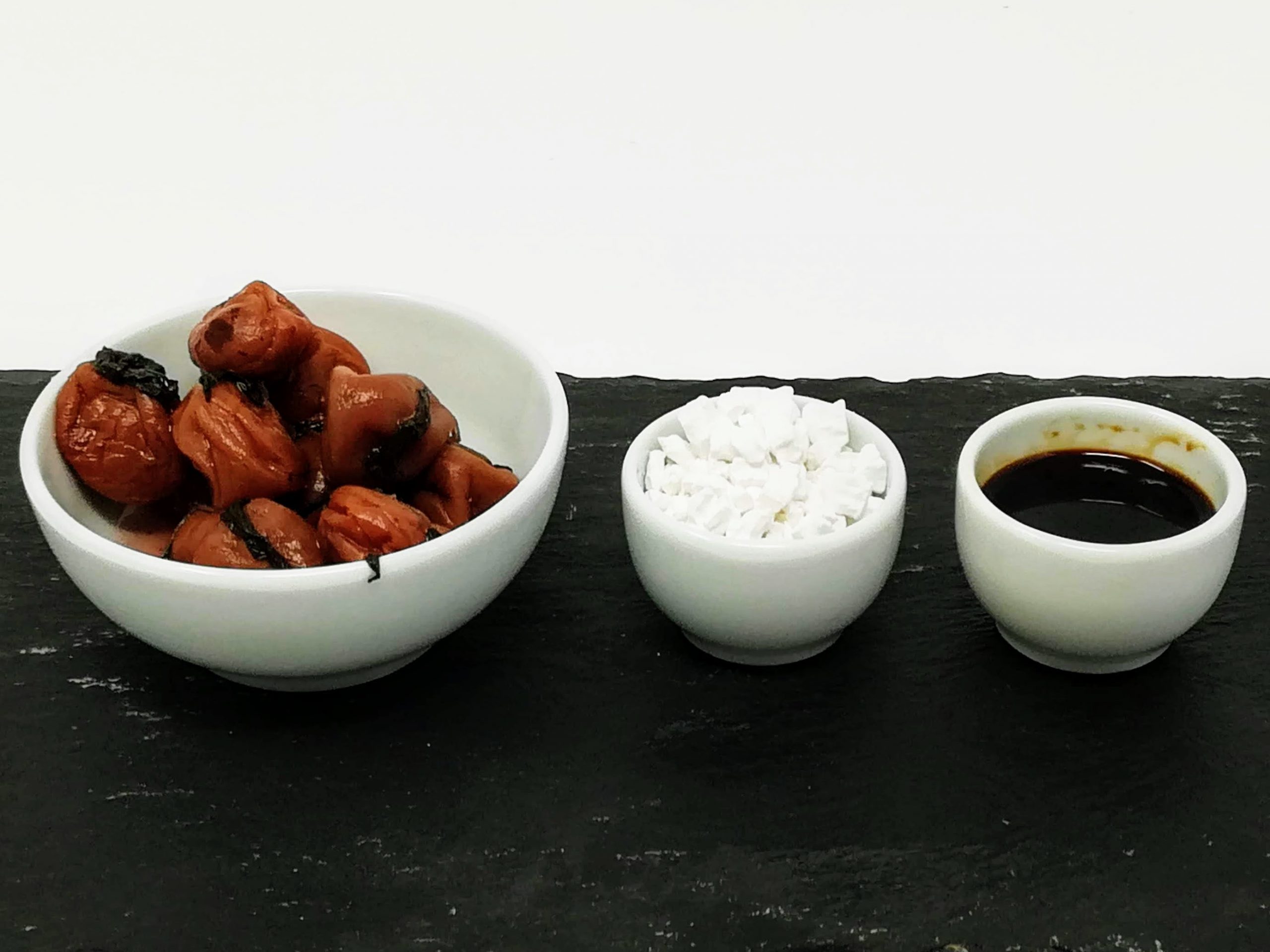Are you familiar with ume-sho-kuzu?
It is a fantastic home remedy which combines several very beneficial elements:

- Kuzu: It is obtained from pueraria lobata root, which grows in volcanic soil. In Europe it is marketed in the form of starch, which must always be dissolved in cold water (it looks like chalk). Among its multiple benefits are:
- Contains soluble fiber, starch, minerals (zinc, selenium, manganese, germanium), flavonoids and tannins.
- It is useful to calm diarrhea, vomiting and heartburn, also to reduce inflammation of the intestines and other mucous membranes, to reduce fever in flu states.
- Antioxidant and anti-inflammatory.
- Umeboshi: It is a popular product in Japan, a type of apricot (although we call it plum), dry fermented with salt and “shiso” leaves in barrels for 1 to 3 years, with a weight on top to obtain the final product . In the market it can be found in the form of pasta (umeboshi paste) or as a whole “plum”. The citric acid contained in the umeboshi gives it the following benefits:
o Helps digestion.
o Maintenance of the intestinal mucosa
o Antiseptic and antibacterial effect
o Improves muscle fatigue in athletes - Tamari: Also known as “soy sauce”, it is dark in color and has a strong salty taste. It should not be overused and should be used as a seasoning when cooking, not on the dish, because of its powerful contraction of tissues and organs (just like salt).
o It is rich in minerals, vitamin B and amino acids.
o It tones the digestive system, the kidney and the heart.
PREPARATION
1. Dissolve 1/2 c.s. of kuzu in a little water.
2. Add more water, up to 1/2 or 1 cup. Always use spring or filtered water.
3. Bring to a boil, stirring all the time to avoid lumping.
4. Add 1/3 of umeboshi plum (or amount to taste, up to 1 umeboshi).
5. When the water thickens and becomes more transparent, add 6 drops of tamari.
6. Drink while hot.







